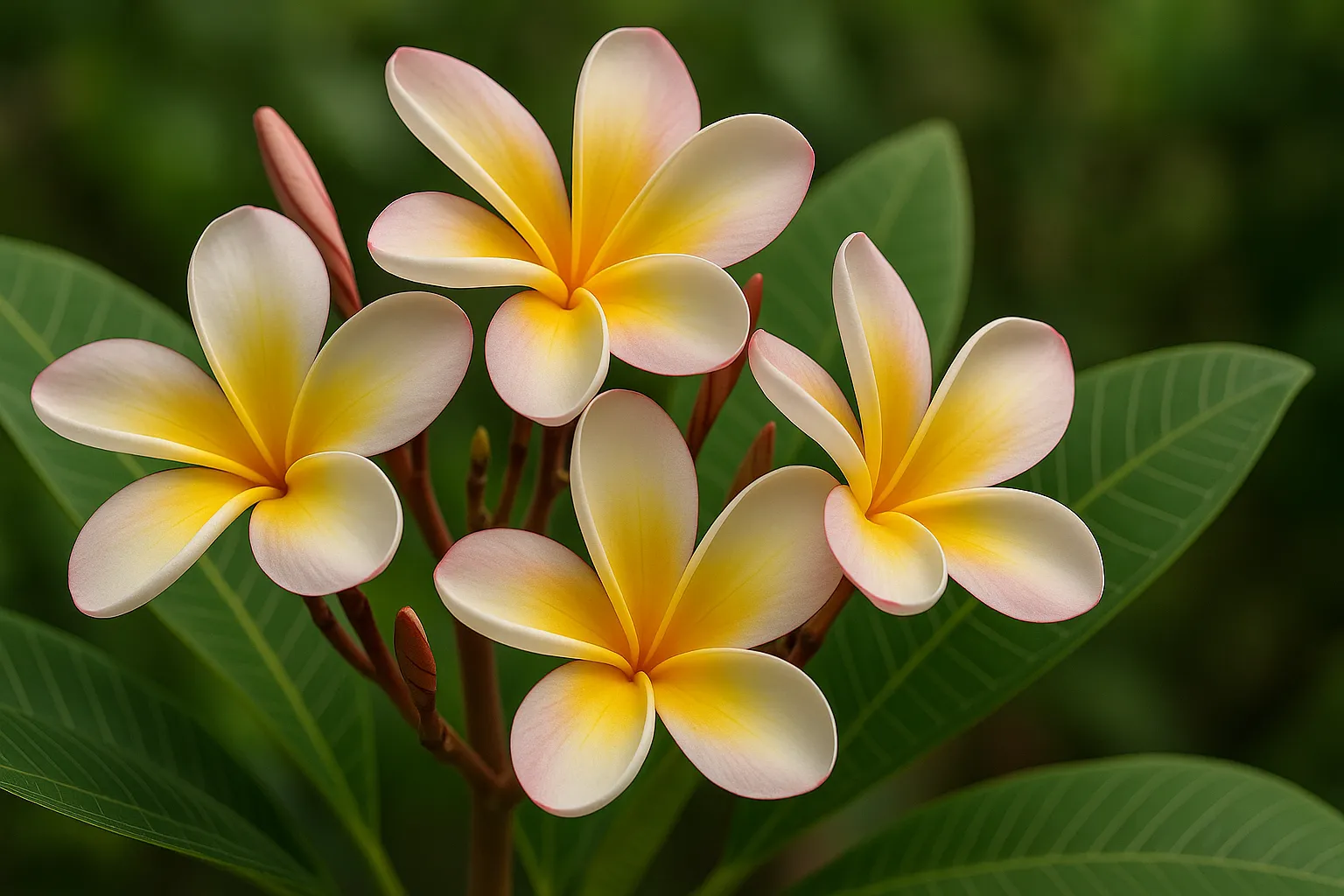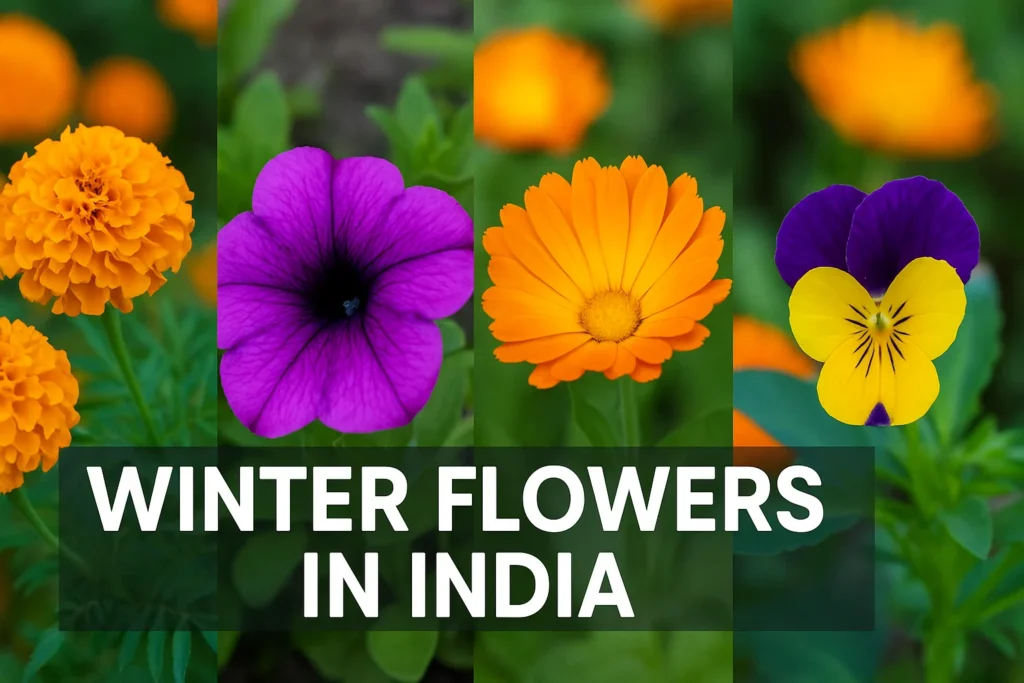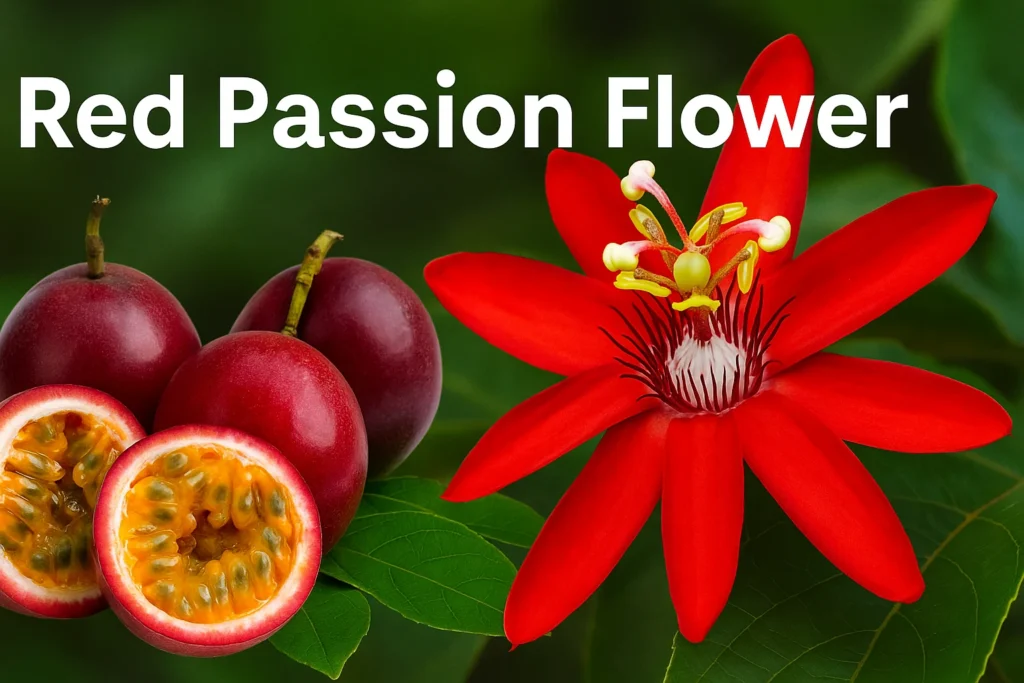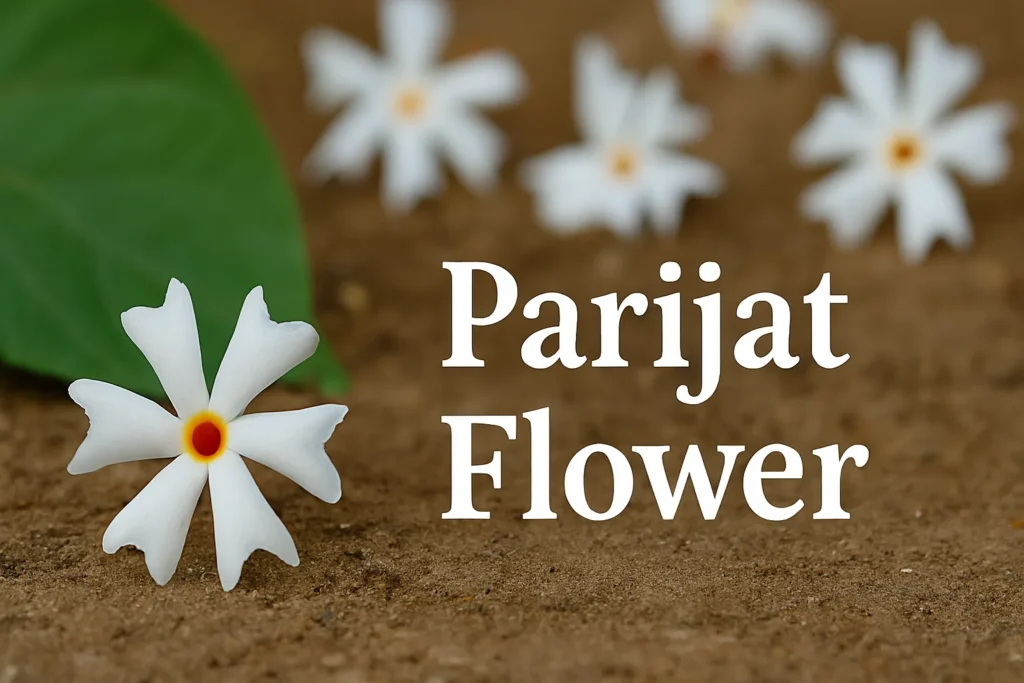When you think of tropical beauty, the frangipani flower often comes to mind. Known for its exotic charm and intoxicating fragrance, frangipani (also called plumeria or champa) has captured hearts for centuries. Whether you’ve spotted it in gardens, temple courtyards, or tucked behind someone’s ear on a beach vacation, this flower carries an undeniable allure. In this blog, we’ll explore everything about this beloved bloom — from its origins and varieties to growing tips and cultural significance.
Origin and Meaning of Frangipani Flower
The frangipani scientific name is Plumeria, a nod to Charles Plumier, the French botanist who documented the plant. Its Hindi name, champa (चंपा), is widely recognized across India. The frangipani in Hindi often symbolizes beauty, grace, and devotion, making it a common offering in temples.
Interestingly, frangipani flowers are also tied to myths and legends in many cultures. In Hawaiian traditions, wearing the flower on the right ear means you’re single, while the left indicates you’re taken. In India, the champa flower is associated with love and purity, much like the parijat flower, another cherished bloom in Indian mythology.
The Frangipani Tree and Its Characteristics
The frangipani tree is a hardy, deciduous plant that thrives in warm climates. It can grow anywhere between 6 to 25 feet tall, with thick, fleshy branches and smooth grey bark. The leaves are large, oval-shaped, and glossy green, offering a perfect backdrop to its vibrant flowers.
Most frangipani trees bloom from spring to autumn, producing clusters of flowers in shades of white, yellow, pink, and red. The fragrance intensifies at night, attracting pollinators like moths. Much like the sampangi flower, frangipani blooms have an irresistible scent that lingers in the air.
Frangipani Plant Care: How to Grow and Maintain
If you’re thinking of adding a frangipani plant to your garden, you’ll be glad to know it’s low-maintenance.
- Soil: Well-drained soil is key. A sandy mix works best.
- Sunlight: Frangipani loves full sun — at least six hours daily.
- Watering: Water regularly during the growing season but reduce in winter.
- Pruning: Trim branches after flowering to maintain shape.
The plumeria plant is drought-tolerant and resilient, making it an ideal choice for home gardens. Some gardeners even grow them in large pots, just like the marikolunthu plant, which also thrives in sunny conditions.
Plumeria Varieties You Should Know
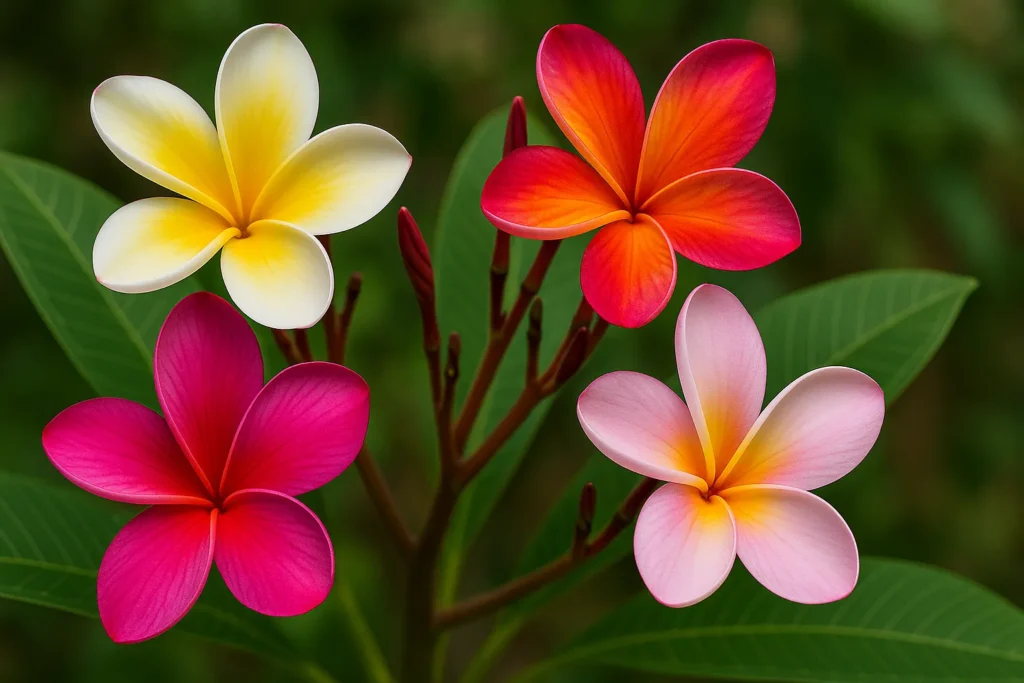
One of the most exciting aspects of frangipani is the variety of colors and shapes it offers. The main types of plumeria include:
- Plumeria Rubra – Known for its vibrant reds and pinks.
- Plumeria Alba – Classic white petals with a yellow center.
- Plumeria Pudica – Unique spoon-shaped petals.
- Hybrid Varieties – Cross-bred for exotic colors and patterns.
Some varieties are more fragrant, while others stand out for their bold colors. Like the gaillardia flower, plumerias add a lively splash to any garden.
Cultural and Symbolic Significance
Beyond their beauty, plumeria flowers hold deep symbolism. In India, champa plants are often planted near temples and used in rituals. In Southeast Asia, frangipani garlands are worn during weddings and festivals.
In Buddhism, the frangipani represents immortality because the tree continues to bloom even after being uprooted. This is similar to the reverence given to the nargis flower in Persian poetry and art.
Uses of Frangipani Flower
The frangipani flower in Hindi traditions isn’t just ornamental. Its uses span:
- Religious offerings in temples and during pujas.
- Aromatherapy oils for relaxation.
- Natural skincare products for fragrance and skin benefits.
- Garden landscaping for tropical aesthetics.
If you live in a high-rise apartment, pairing a frangipani plant with an invisible balcony grill allows you to enjoy its beauty while ensuring safety without blocking the view.
Tips for Propagating Plumeria Flower
Growing plumeria frangipani from cuttings is simple:
- Cut a healthy branch in late spring.
- Let it dry for a few days to prevent rotting.
- Plant it in sandy soil and water lightly.
With proper care, your cuttings will develop roots in a few weeks. Over time, you can have multiple plants — much like expanding your garden with different flowers, from champa to tagar flower.
Frangipani vs. Champa: Are They the Same?
Yes — frangipani and champa are the same plant. The scientific name of champa is also Plumeria. Depending on the region, the plant is called different names. In English, it’s frangipani; in Hindi, champa; in Spanish, plumeria flower. This linguistic variety reflects its wide geographical reach and cultural importance.
Common Problems and Solutions for Frangipani Flower
Even though frangipani plants are easy to grow, they can face issues like:
- Aphid or mealybug infestations – Treat with neem oil.
- Fungal diseases – Ensure proper drainage and avoid overwatering.
- Leaf drop in winter – A natural dormancy process, not a cause for concern.
Much like the sahadevi plant, frangipani thrives when grown in well-ventilated, sunny spots.
Final Thoughts
The frangipani flower is more than just a tropical beauty — it’s a symbol of love, spirituality, and resilience. Whether you know it as plumeria, champa, or simply that fragrant flower in your neighborhood, its charm is undeniable. With the right care, a frangipani tree can reward you with blooms year after year, turning your garden into a fragrant paradise.

